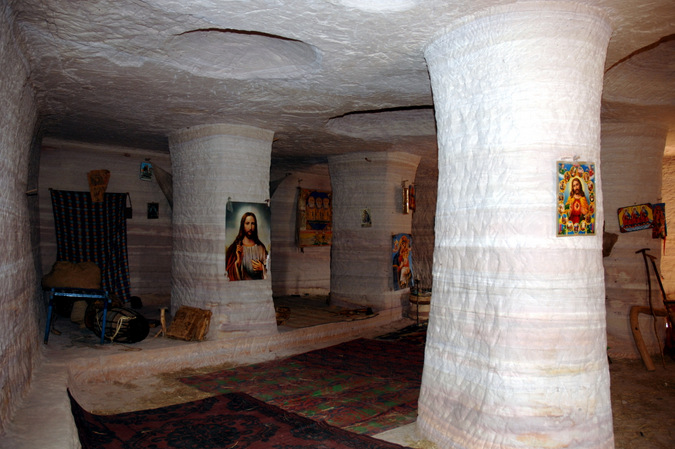
Written, and photographs, by Professor Michael Gervers – Professor of History at the University of Toronto and project team leader
The highly endangered, historically significant, and virtually undocumented craft of constructing rock-cut churches in Ethiopia is now being recorded, thanks to a project funded by Arcadia, a charitable fund of Lisbet Rausing and Peter Baldwin.
These churches are hewn from the rock-face into free-standing buildings and are some of the most iconic images of African Christianity. Carved by hand, using traditional tools, construction can last over several years, usually by teams of up to eight men.
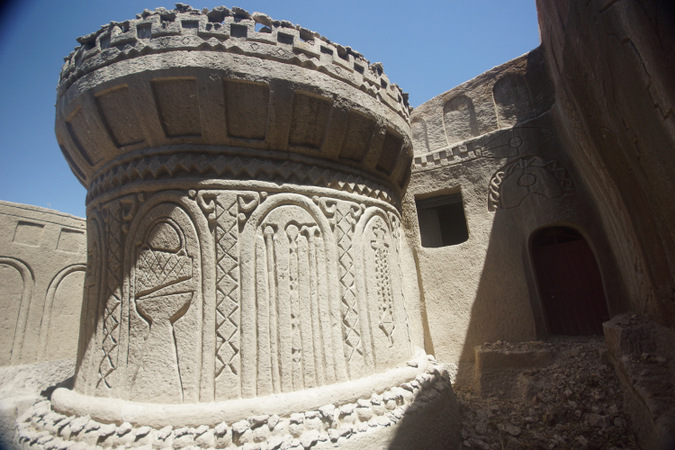
This highly skilled craftsmanship dates from at least the Middle Ages, and yet it is not widely known that these churches are still being made today.
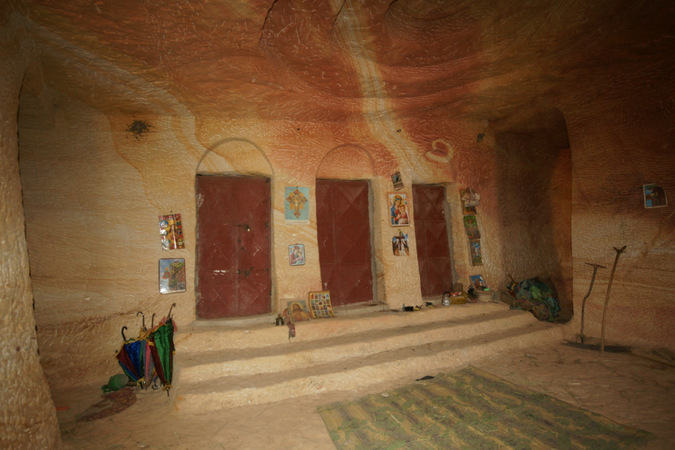
However, the craft is fast disappearing – very few of the post-19th century churches are documented and the actual craft of church excavation has never been documented before.

This project will document the more recent churches, as well as recording interviews with the craftsmen who create them. The materials created from this project will then be made available online for free in an open-access database.
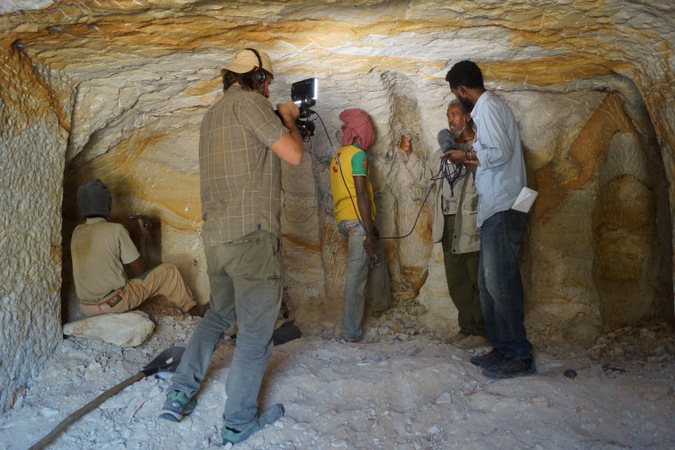
The database that will be created will be of great scholarly value, and will significantly advance historical research on Ethiopia and on rock-hewn churches and spaces wherever they are found.

The database that will be created with the results will include:
• Plans, drawings, photographs and academic analysis outlining continuity of the medieval tradition
• Interviews with itinerant craftsman and workshops currently active in Ethiopia, recording a comprehensive account of their craft including religious traditions
• Liturgical tradition relevant to the process of hewing churches out of the rock
• Thesaurus of related vocabulary
• Documentation of tools used in the process of church-excavation
• Audio and video documentation of excavation of a rock-cut church

The traditional techniques used to build the churches will soon be changing and developing into a more modernised system, for example with the use of power tools.
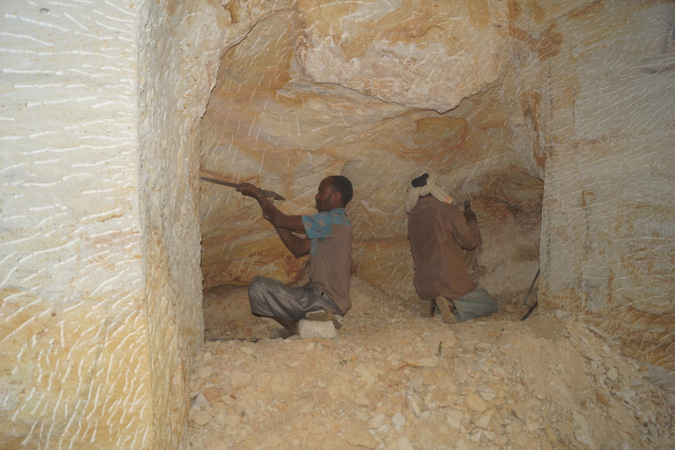
This means that time is fast running out for the opportunity to witness the traditional methods being used in action. It also makes our job of preserving this craft ever more important, as it forms a vital part of Ethiopian, and indeed religious, history.
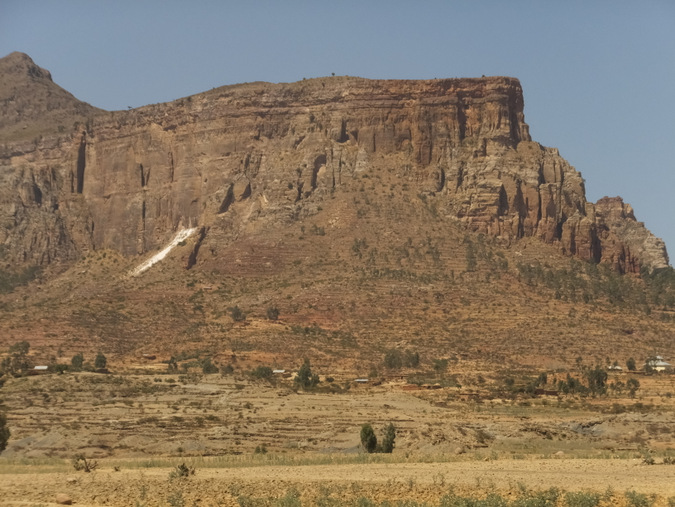
The construction of the churches is fascinating to observe. For example, they are carved from the top-down, meaning the ceilings are created first, and the main body of the hewn out spaces follow as the workers carve deeper into the rock – the opposite of brick built construction.
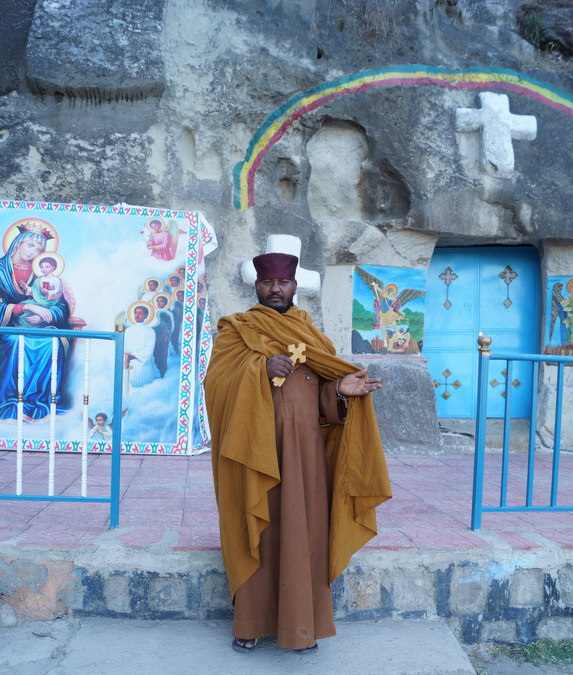
Check out our safari to learn about Ethiopia’s cultural treasures – Ethiopia, the cradle of humankind
To comment on this story: Login (or sign up) to our app here - it's a troll-free safe place 🙂.![]()






